Fan Inside Diffuser Using MRF CFD Simulation, ANSYS Fluent Training
Fan Inside Diffuser Using MRF CFD Simulation, ANSYS Fluent Training
- Upon ordering this product, you will be provided with a geometry file, a mesh file, and an in-depth Training Video that offers a step-by-step training on the simulation process.
- For any more inquiries regarding the product, please do not hesitate to reach out to us at info@CFDLAND.com or through our online support assistant.
€140 Original price was: €140.€125Current price is: €125.
This report shows how we used computational fluid dynamics (CFD) to study a fan inside a diffuser using the Multiple Reference Frame (MRF) method in ANSYS Fluent. Fans and diffusers are super important in HVAC systems, cooling applications, and aerospace engineering. A diffuser normally slows down air and increases pressure, but sometimes this quick slowdown can cause problems. Adding a rotating fan inside the diffuser helps control the airflow better. Our CFD simulation looks at how the fan blades spinning at 1440 rpm affect the flow patterns and pressure recovery inside the diffuser duct. This kind of numerical analysis using MRF approach helps engineers design better fan-diffuser systems that work more efficiently without building expensive real-world prototypes.

Figure 1: Schematic of fan installed in a diffuser for flow analysis
Simulation Process
We built a 3D model of the ducted fan with a central hub. The domain includes an inlet section that narrows down to the propeller location, then expands slightly at the outlet. We used the Multiple Reference Frame (MRF) approach where we don’t actually rotate the mesh but add rotation effects mathematically. This saves computer power but still gives good results. The mesh was made finer near the propeller blades and duct walls where flow changes quickly.

Figure 2: Finer mesh grid near the propeller blades and duct walls
Post-processing
The streamline visualization in Figure 1 reveals critical flow behavior as air moves through the ducted propeller. Upstream of the propeller (left side), we observe significant flow recirculation zones near the duct walls, shown by the blue circular patterns. These vortices indicate potential energy losses and reduced inlet efficiency. The flow accelerates through the narrowing section, reaching velocities of 83-125 m/s (green-yellow streamlines) at the propeller plane. Post-propeller, the streamlines straighten and become more parallel, suggesting the flow straightening effect of the duct. The highest velocities (approaching 167 m/s) occur right at the propeller plane, where energy is added to the flow. The asymmetrical flow pattern in the recirculation regions suggests possible installation effects or slight geometry imperfections that could impact overall thrust production and efficiency.
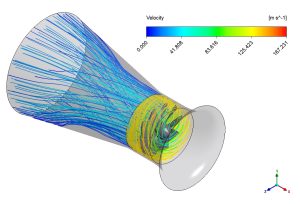
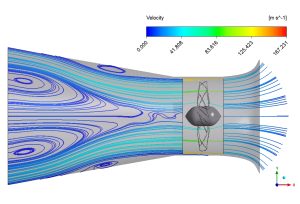
Figure 3: Streamline visualization showing flow through the ducted fan with recirculation zones upstream and accelerated flow
The velocity contour in Figure 4 provides valuable insight into the pressure recovery and diffusion process through the system. The incoming flow (left side) shows relatively low velocities (dark blue, 7-15 m/s) that gradually increase as the duct narrows. The most striking feature is the region of high-speed flow (green, 60-75 m/s) that forms above and below the propeller hub, creating a distinct “dumbbell” pattern. This indicates that most of the thrust generation occurs away from the hub, with the blade tips contributing significantly to performance. The wake contraction is minimal, suggesting the duct effectively constrains the flow. There’s also evidence of a boundary layer developing along the duct walls (blue region adjacent to walls). The velocity drops rapidly at the exit diffuser, which may indicate excessive expansion angle causing separation. This could be improved by redesigning the outlet with a more gradual expansion to increase static pressure recovery and overall efficiency.
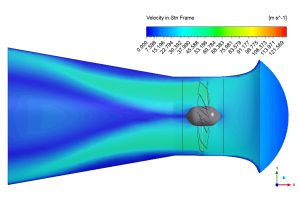
Figure 4: Velocity contour in stationary frame showing the acceleration of flow
We pride ourselves on presenting unique products at CFDLAND. We stand out for our scientific rigor and validity. Our products are not based on guesswork or theoretical assumptions like many others. Instead, most of our products are validated using experimental or numerical data from valued scientific journals. Even if direct validation isn’t possible, we build our models and assumptions on the latest research, typically using reference articles to approximate reality.
Yes, we’ll be here . If you have trouble loading files, having technical problems, or have any questions about how to use our products, our technical support team is here to help.
You can load geometry and mesh files, as well as case and data files, using any version of ANSYS Fluent.
€215 Original price was: €215.€165Current price is: €165.

€150 Original price was: €150.€115Current price is: €115.

€140 Original price was: €140.€85Current price is: €85.

€280 Original price was: €280.€145Current price is: €145.

€240 Original price was: €240.€135Current price is: €135.














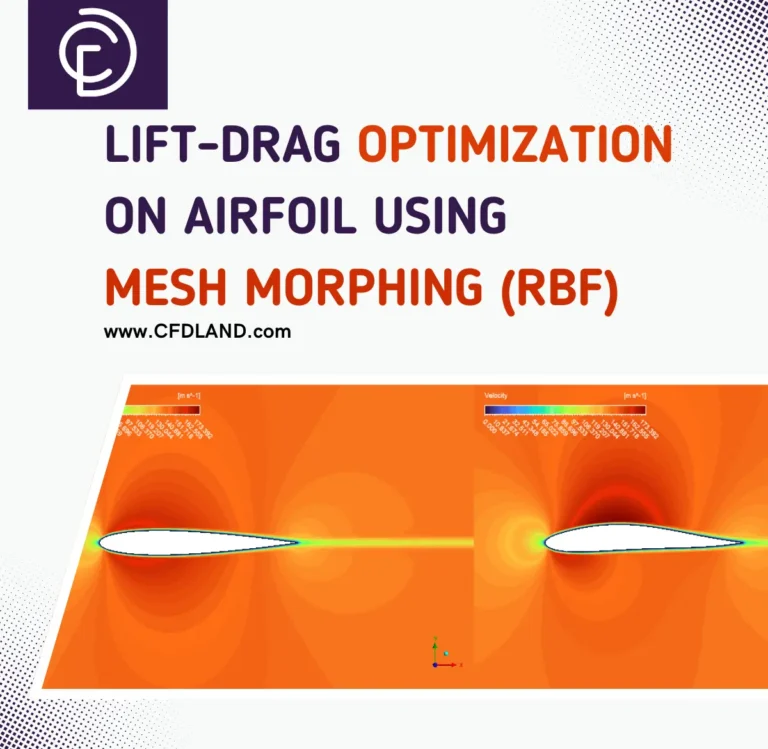
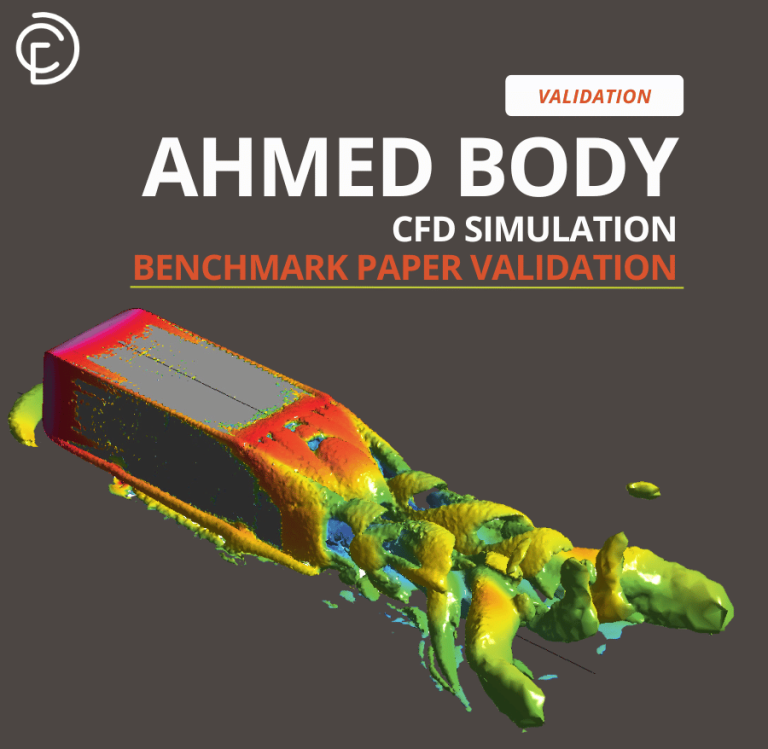




Reviews
There are no reviews yet.